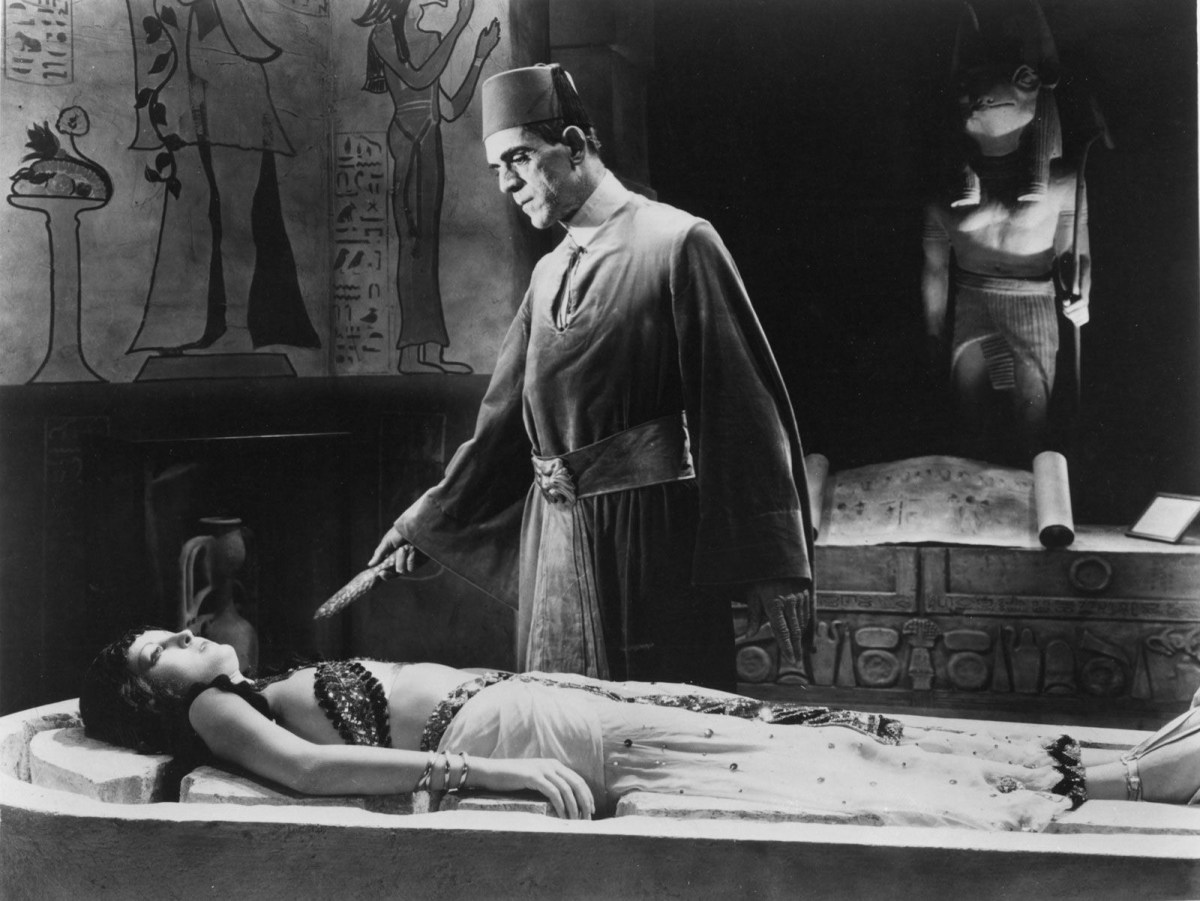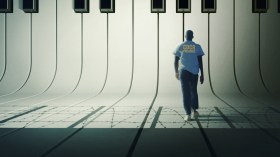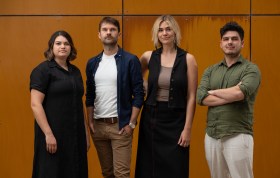The Mummy has always been the hardest Universal Monster to categorise and understand. Perhaps it’s why re-interpretations of the original story have been so scattered, only grasping at what made the 1932 film so poignant and ever-lasting.
Dracula can be understood as the manifestation of the fear of foreigners. He’s a dark and foreboding force that arrives by boat, using a thick accent and lascivious charm to woo unsuspecting women to death or servitude. He can be easily defined as a monster, evil in nature.
The Wolf Man is the manifestation of fears around loss of bodily control. What happens when your own senses turn against you? What happens when you’re wielded as a weapon, lashing out in rage, against your friends and family? While not evil, The Wolf Man is distinctly a monster.
The Invisible Man represents a fear of new science, and the new age of discovery. The encroachment of strange technology, and how this might disturb our privacy, our security, and our sense of reality.
Frankenstein’s Monster is likewise inspired by a fear of science, but specifically, the idea of playing god. That man might create life from nothing, meddling in the affairs of heaven. His Bride represents a fear of loneliness and ostracism, even by your own kind. Again, these creatures are not evil by nature, but they are clearly monstrous and strange.
So, what is The Mummy?
The Mummy (1932) paints a romantic vision of lost love
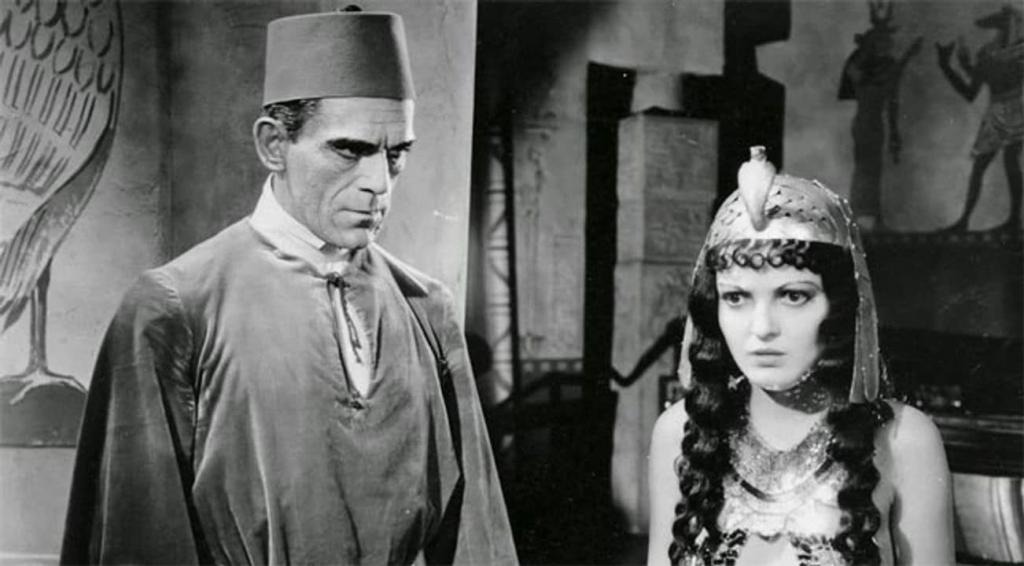
While the modern pop culture interpretation of The Mummy is of a man wrapped in bandages, shambling in a desert landscape, cursing foreigners who might approach his tomb, that’s not how the original Mummy was depicted. Rather than a shambling beast, he was simply a man. A man in search of his lost love, stranded by years in isolated, and the passage of time.
The Mummy (1932) opens how you might expect. Archeologists stumble across the ancient tomb of an Egyptian high priest known as Imhotep, and immediately disturb the site. Discovering a rotting, bandage-covered mummy in a casket, they open it to find the Scroll of Thoth held within its grasp.
And of course, they choose to read the scroll aloud – immediately wakening Imhotep, and granting him new life. The sight inspires hysterical, insane laughter as one archeologist goes mad with disbelief, with this fading out along with the scene, to reveal Imhotep has been brought back to life, whole. An outsider in a modern society, attempting to fit in with modern customs and practices.
Rather than being particularly malevolent or outright evil, Imhotep has taken the name Ardath Bey (a name which was later reused in the 1999 Mummy film adaptation) and become a historian, specialising in ancient Egyptian knowledge. He’s driven by a singular purpose: to reunite with his lost love, Ankh-es-en-Amon.
He is not, as subsequent Mummy adaptations would explore, overtly looking to take over the world, inflict suffering, and raise a zombie-like army. All he wants is to find his love again, with attempts devolving into desperation when his reunion is slow at hand.
Meeting a young woman named Helen, Imhotep decides she is Ankh-es-en-Amon’s reincarnation, and thus he forms an obsession. Over the course of the film, Imhotep attempts to romance Helen, convincing her they belong together, and briefing hypnotising her into loving him.
Forced into dire circumstances, Helen eventually conjures the spirit of her past life to fight Imhotep, destroying his mortal body, and freeing herself from his obsessive love.
What is most striking in this exploration is that while The Mummy leans into horror tropes in its introduction to Imhotep, relying on cold and haunting laughter to portray him as a sinister figure, at first, the film itself is slow, and romanticised. It focusses largely on the bond between Imhotep and Helen, and the power of obsessive and unrequited longing, as a twisted version of real-life romance.
The Mummy has always followed the thread of love

This has been a core thread throughout many of the subsequent Mummy adaptations. While there are horror elements in each tale, that has never been the focus. The Mummy (1999) took an entirely different path, with a tale leaning heavily into action and adventure, in a similar vein to Indiana Jones.
But even in this film, the thread of romance is clear in Imhotep’s overarching quest to resurrect Anck-su-namun. This film’s sequel, The Mummy Returns, pulled further at this thread, re-introducing the concept of a love resurrected in new form.
While a third film largely lost this thread, the later 2017 reboot of The Mummy, starring Tom Cruise and Sofia Boutella, plowed ahead with a plot that largely resembled its 1932 counterpart. For all its failures as a compelling action film, it adapted the core thread of the original Mummy incredibly well – the idea of pursuing a lost love, to the point of obsession.
In this case, Tom Cruise’s Nick Morton is the damsel in distress. After stumbling into the ruins of an ancient tomb and shooting apart chains meant to imprison the ancient Princess Ahmanet (a gender-swapped version of Imhotep), Morton becomes the object of this new mummy’s desires.
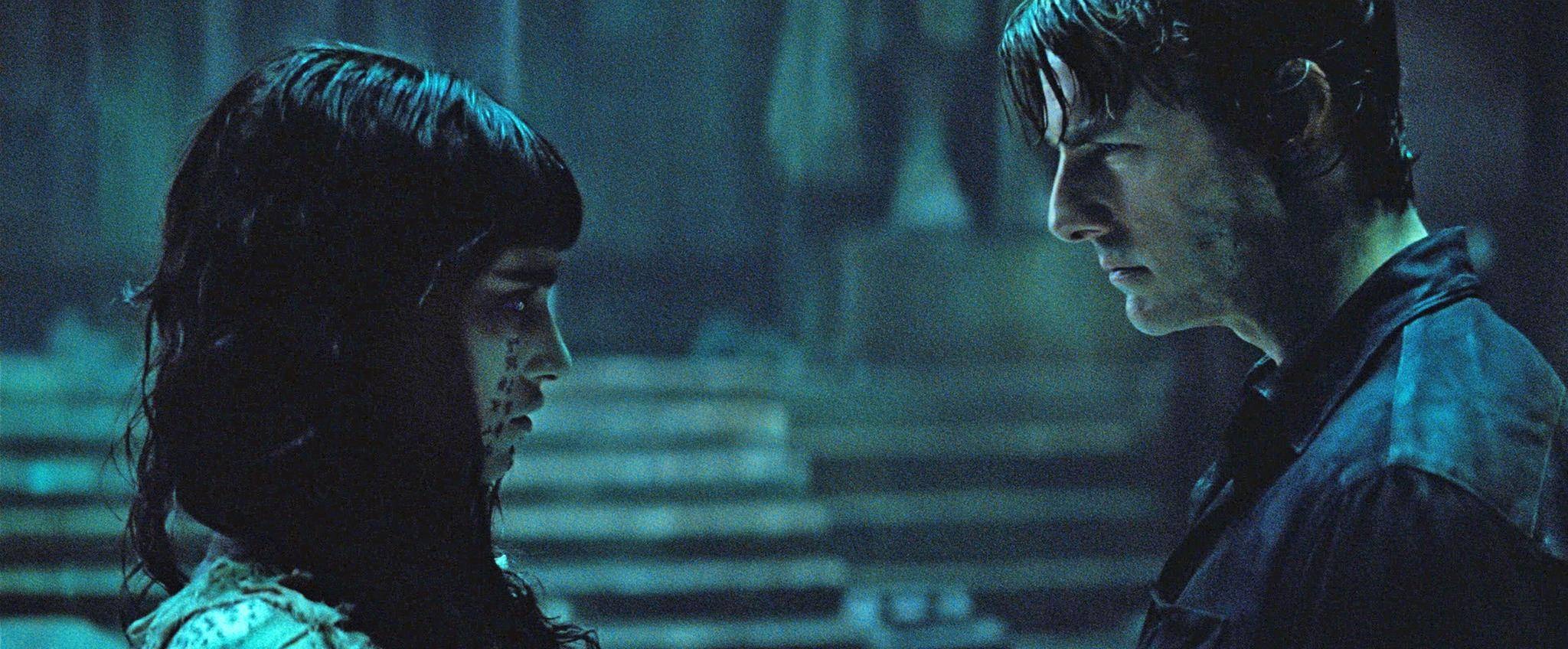
She sees him as the new vessel of her love, the god Set, and so she pursues him across the world, determined to make him love her. It’s a twisted romance this film portrays, but it is a romance – and one that has its origins in the original Mummy film.
They even open on the same quote (slightly amended in the 2017 interpretation) to strengthen that connection, and their focus on romance across time: ‘Death is but the doorway to new life. We live today, we shall live again. In many forms shall we return.’
The Mummy (2026) and a ‘terrifying’ new era
There is always room, across the vast distance of pop culture, for new interpretations. In 2026, director Lee Cronin will release a new interpretation of The Mummy starring Jack Reynor, with a distinct horror focus. On announcement, it had the eye-catching tagline: ‘Something terrifying will be unleashed.’
While details remain scarce, and the plot is still under wraps, it does appear this new film will focus on the Mummy as a horror icon, leaning into Cronin’s experiences with his other horror films, The Hole in the Ground and Evil Dead Rise.
‘This will be unlike any Mummy movie you ever laid eyeballs on before,’ Cronin told The Hollywood Reporter in March 2025. ‘I’m digging deep into the earth to raise something very ancient and very frightening.’
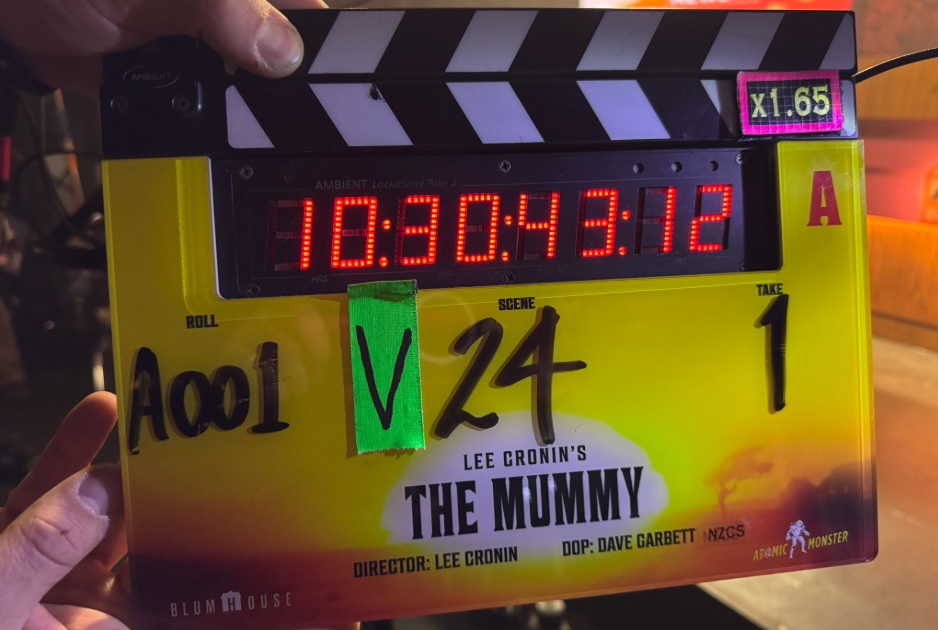
This, in itself, is not strictly worrying – but subsequent discussion around The Mummy returning to its roots, or returning to the horror genre, must be refuted.
The Mummy, as a franchise, is not a horror, and it never has been. While subsequent films have dressed up the central character as an action villain, the core ideas of The Mummy remain the power of romance, and the longing for connection, even across the ages. To lean away from the romance – creepy or otherwise – is to lean away from what made The Mummy such a beautiful, memorable film.
It’s in the pairing of romance, with touches of horror, that the tale remains most impactful, and it’s in this mix that The Mummy grasps at a deeper, more affecting meaning.
We’ll just have to wait to see how Lee Cronin’s The Mummy grapples with these effervescent themes, and how it reinterprets this tale for new audiences. As announced, the film is currently set to arrive on 17 April 2026.
